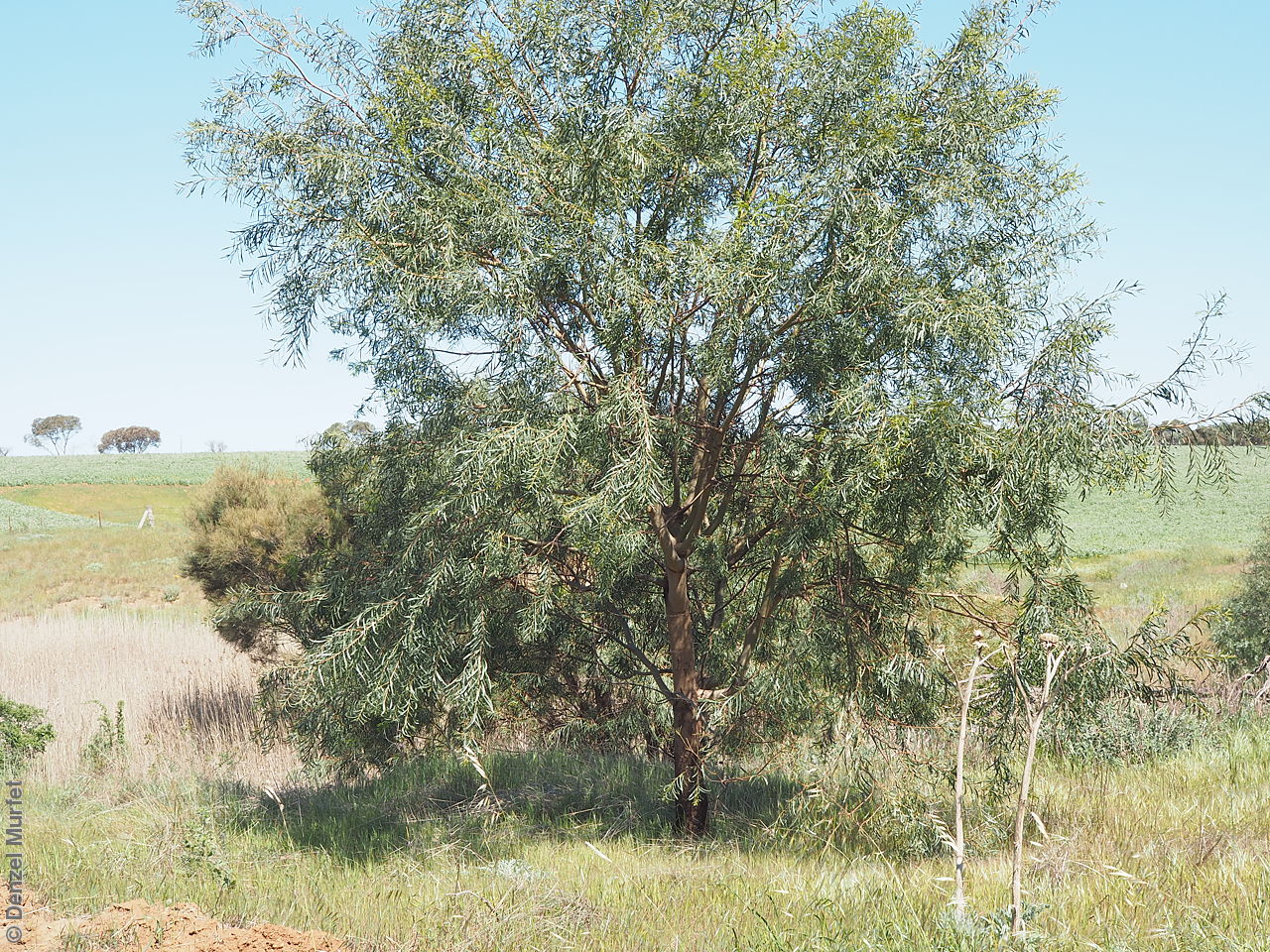
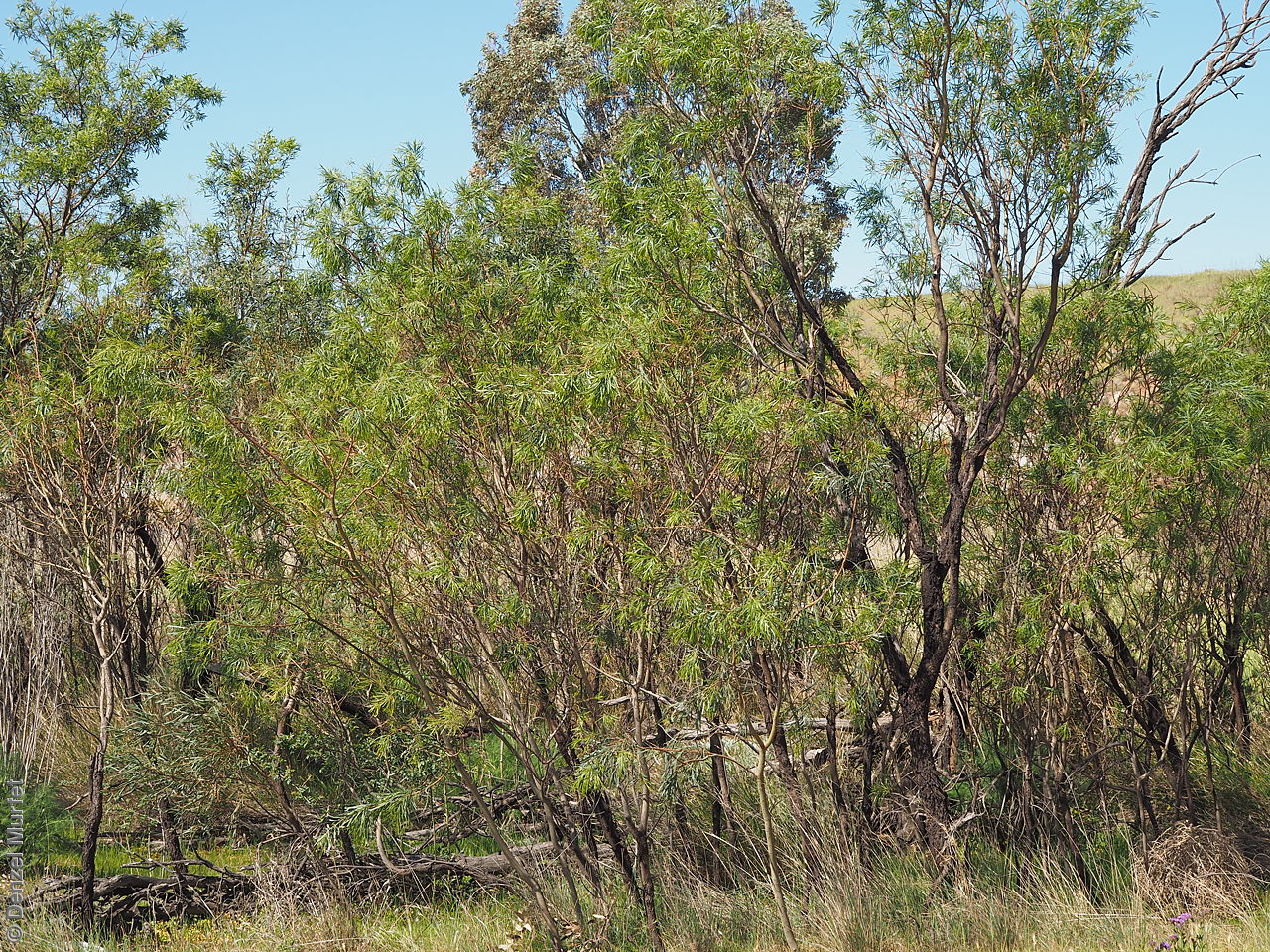
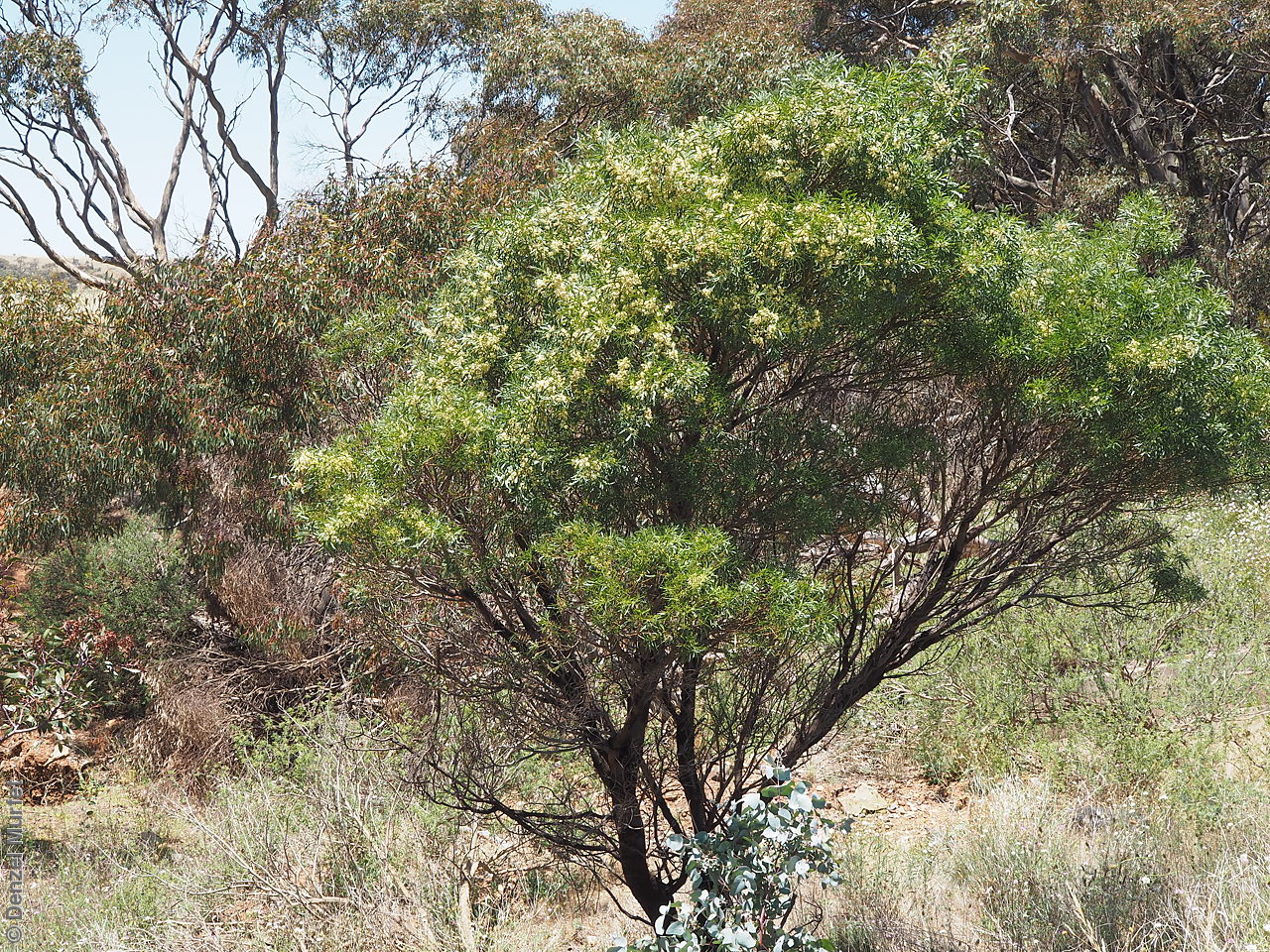
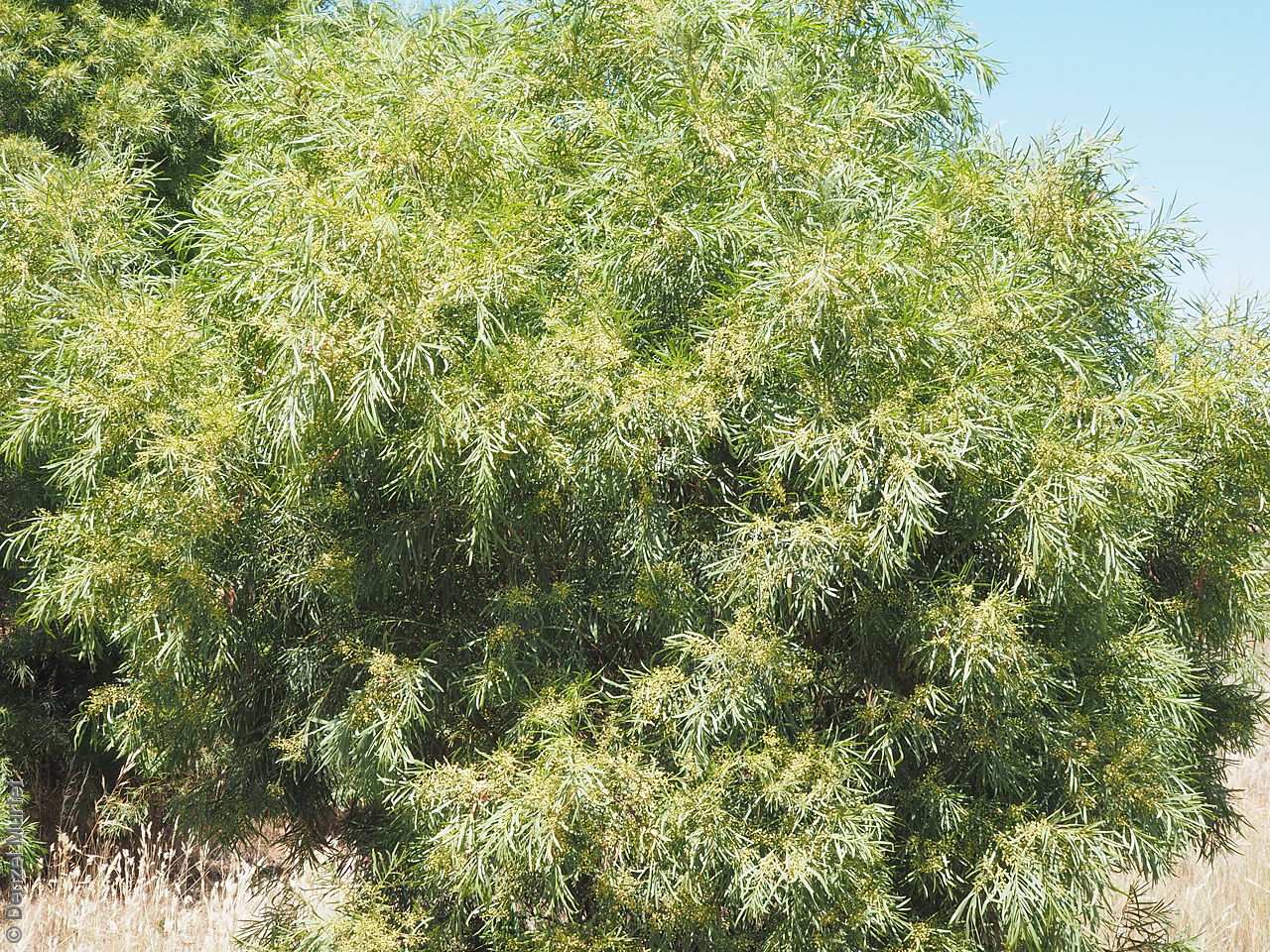
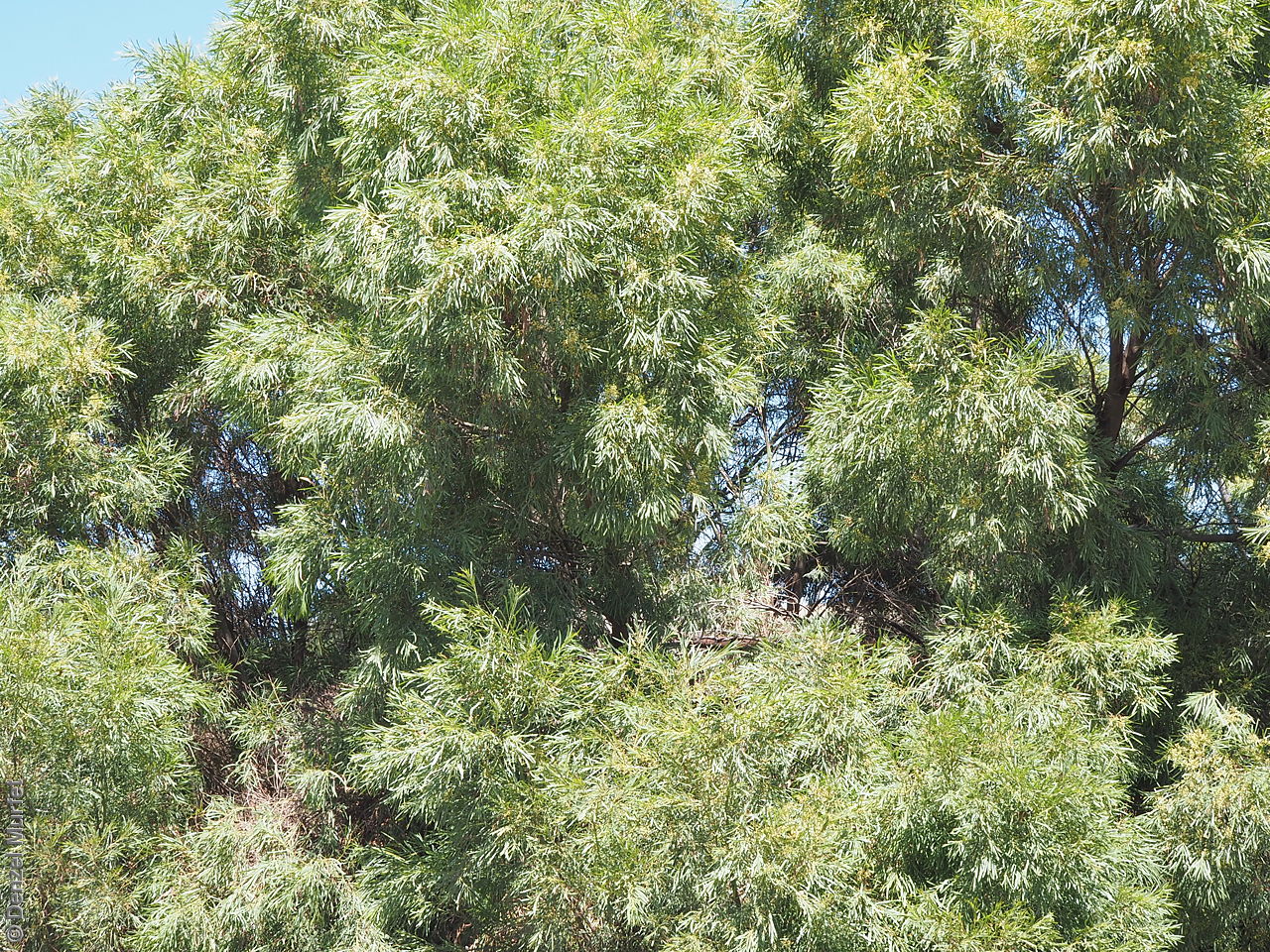
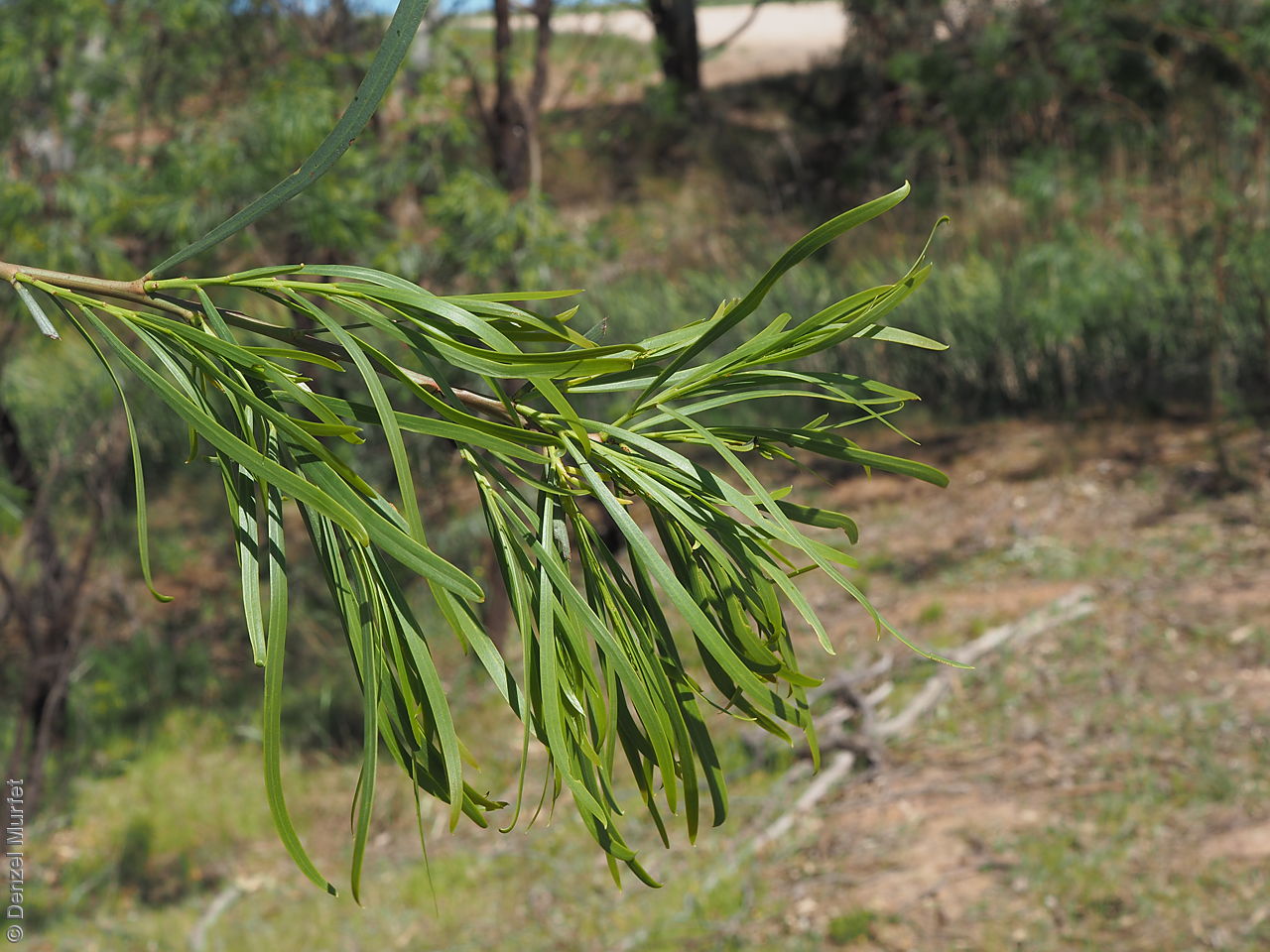
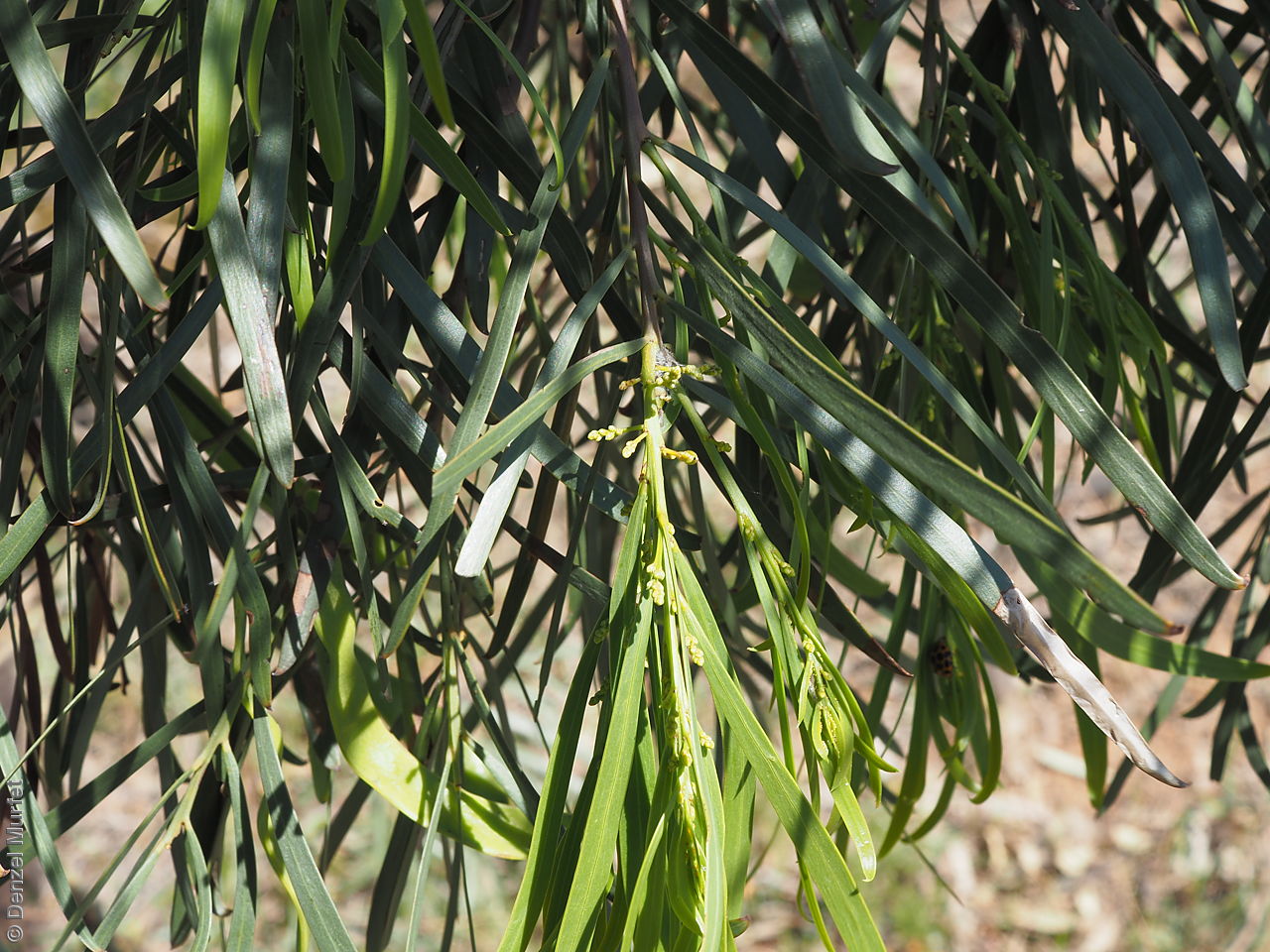
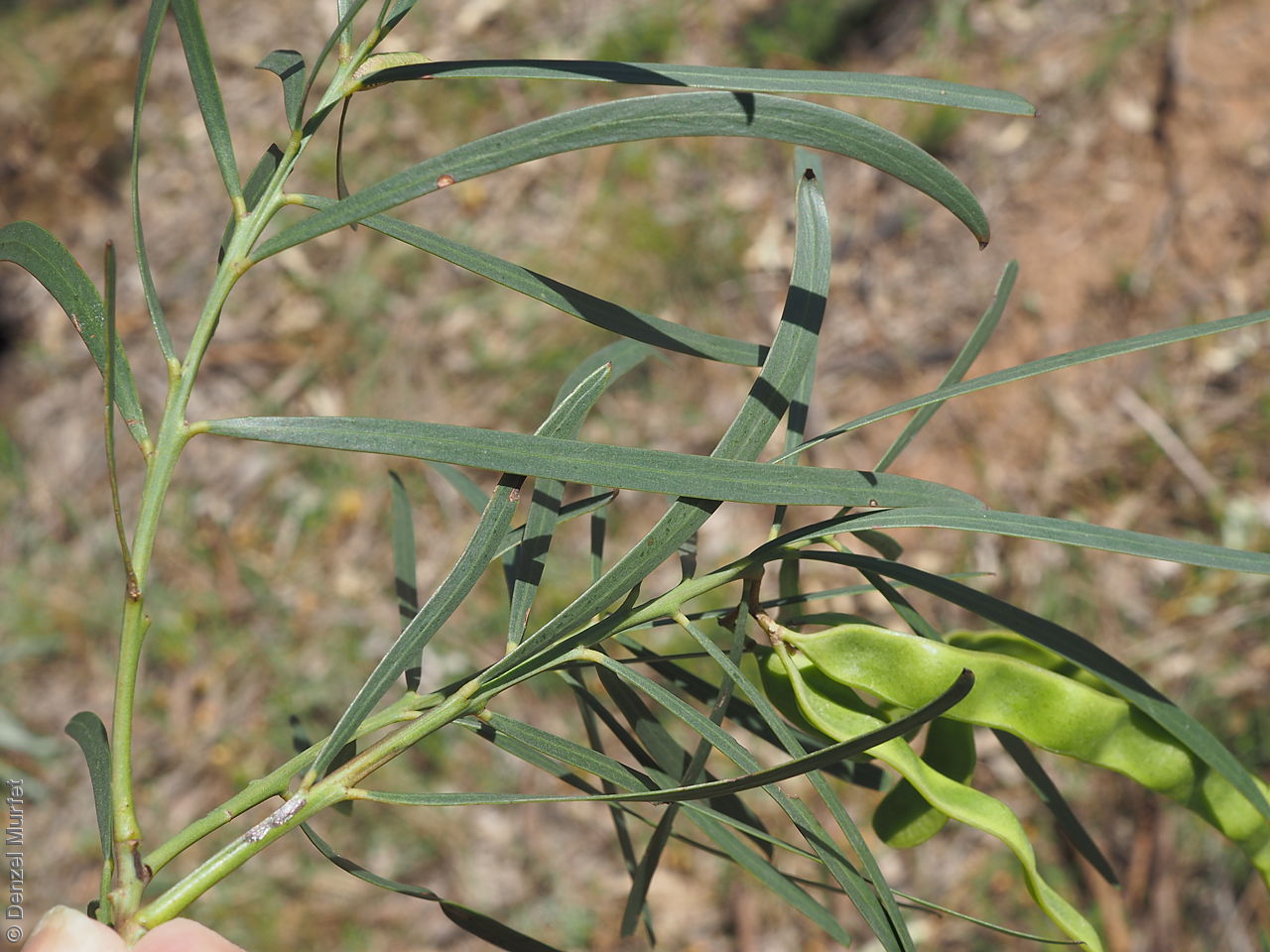
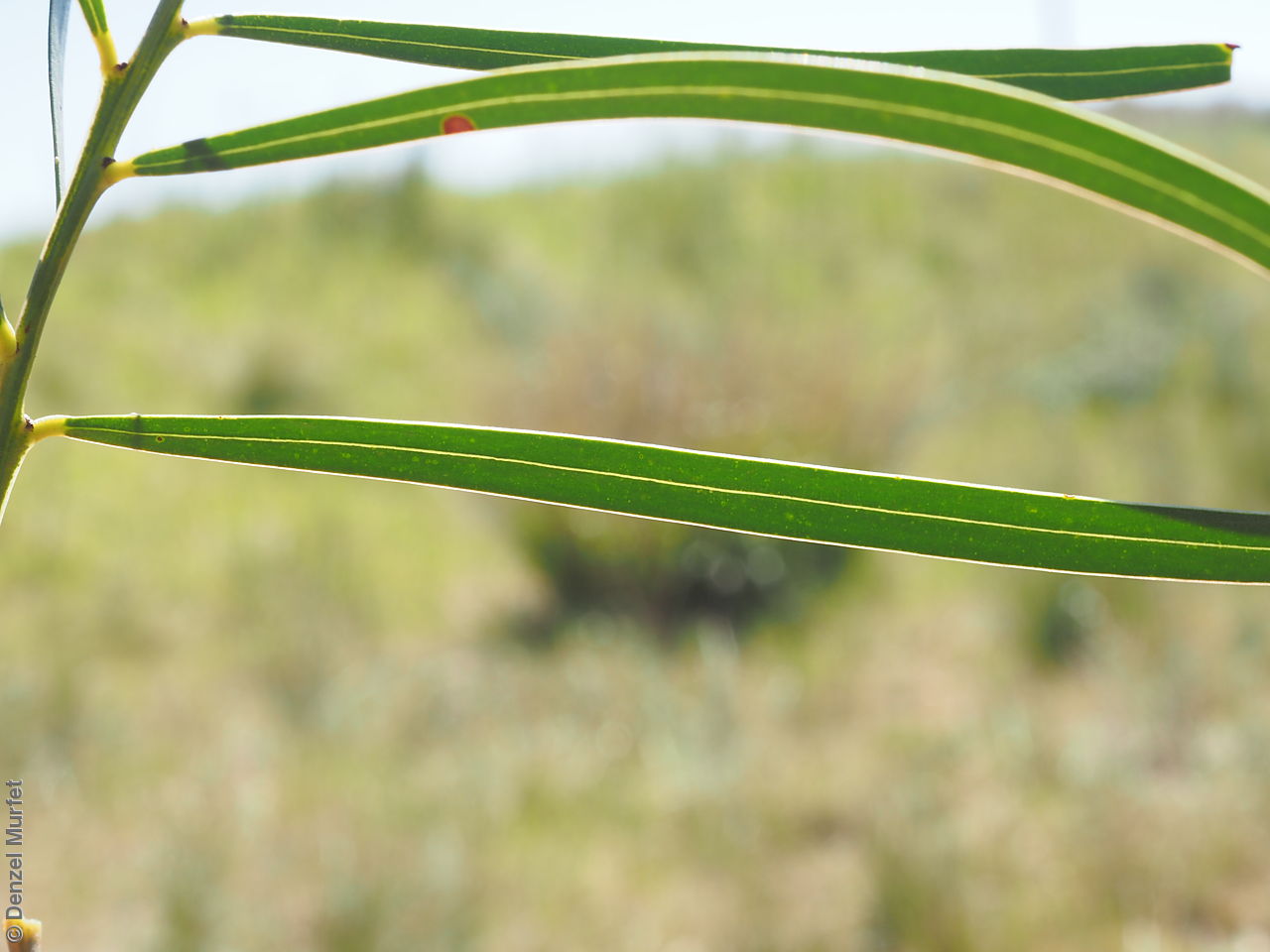
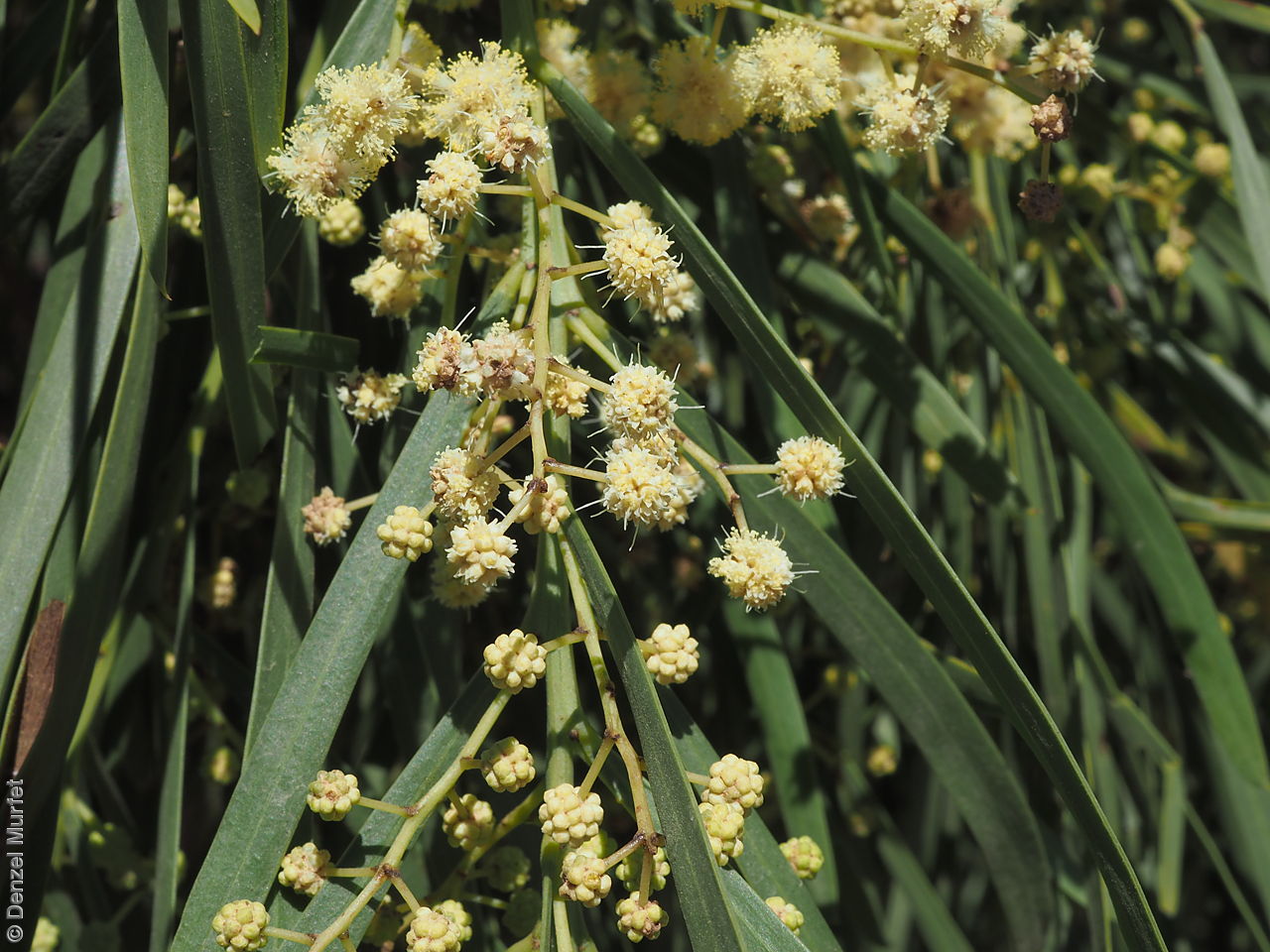
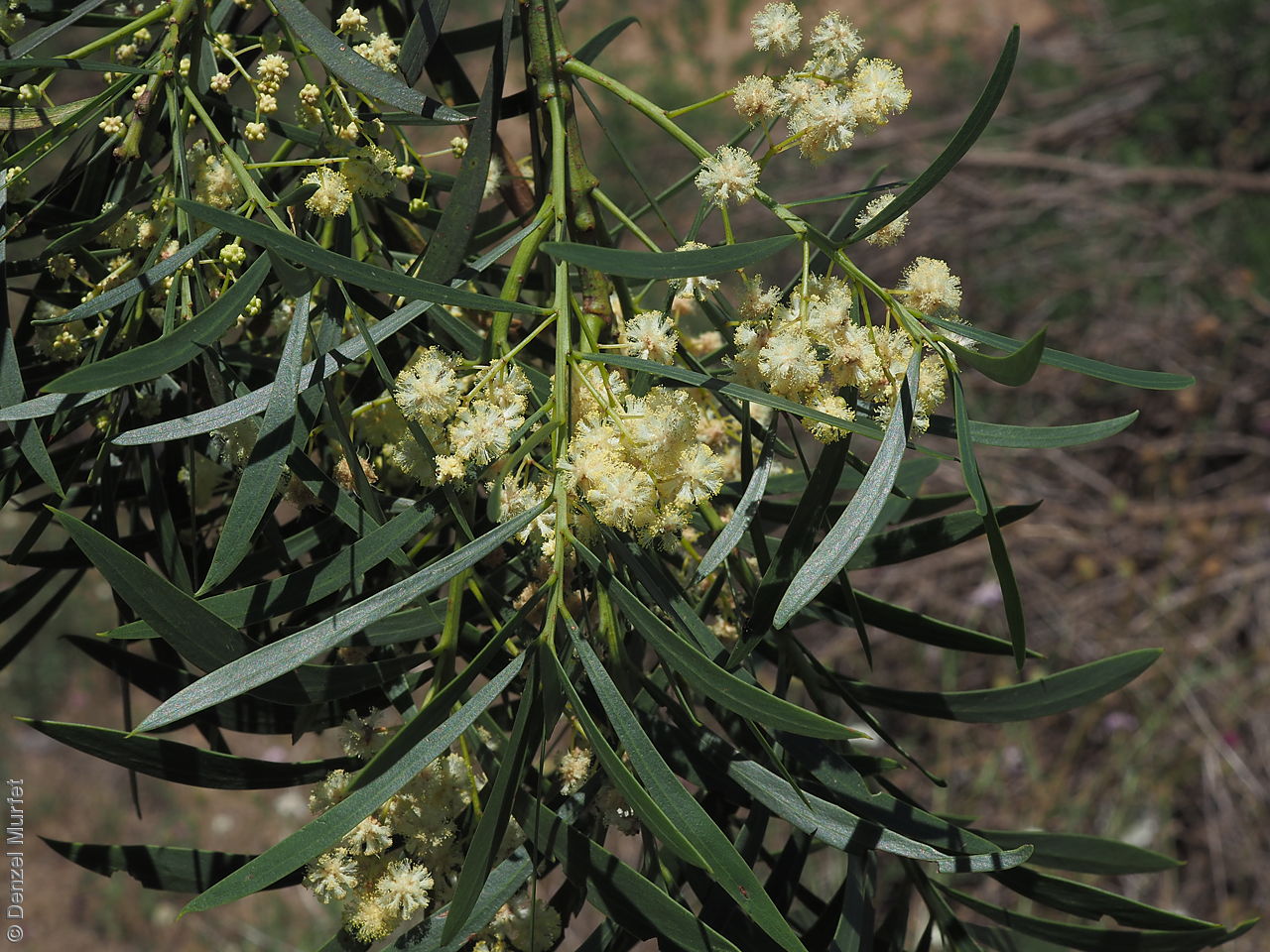
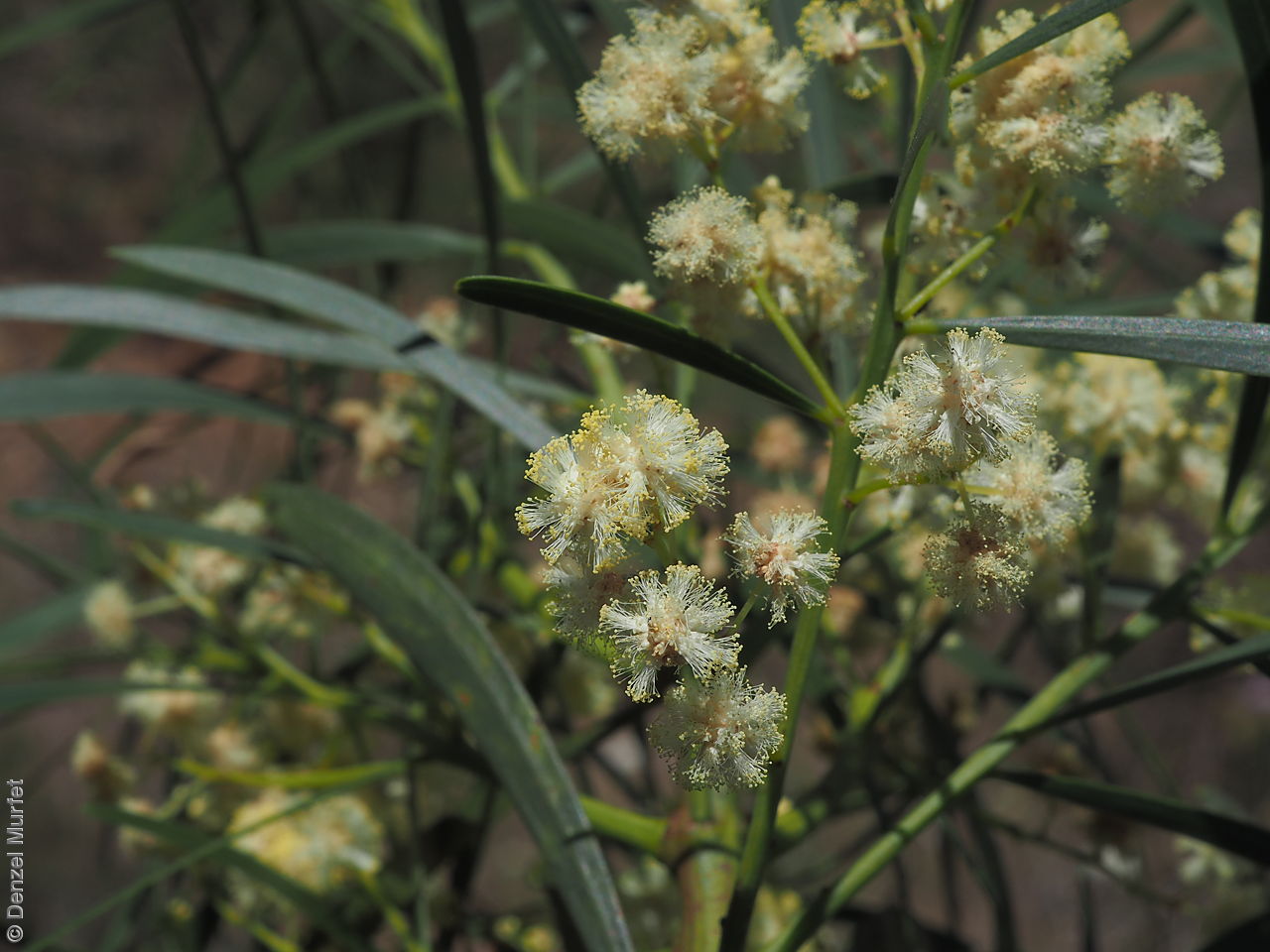
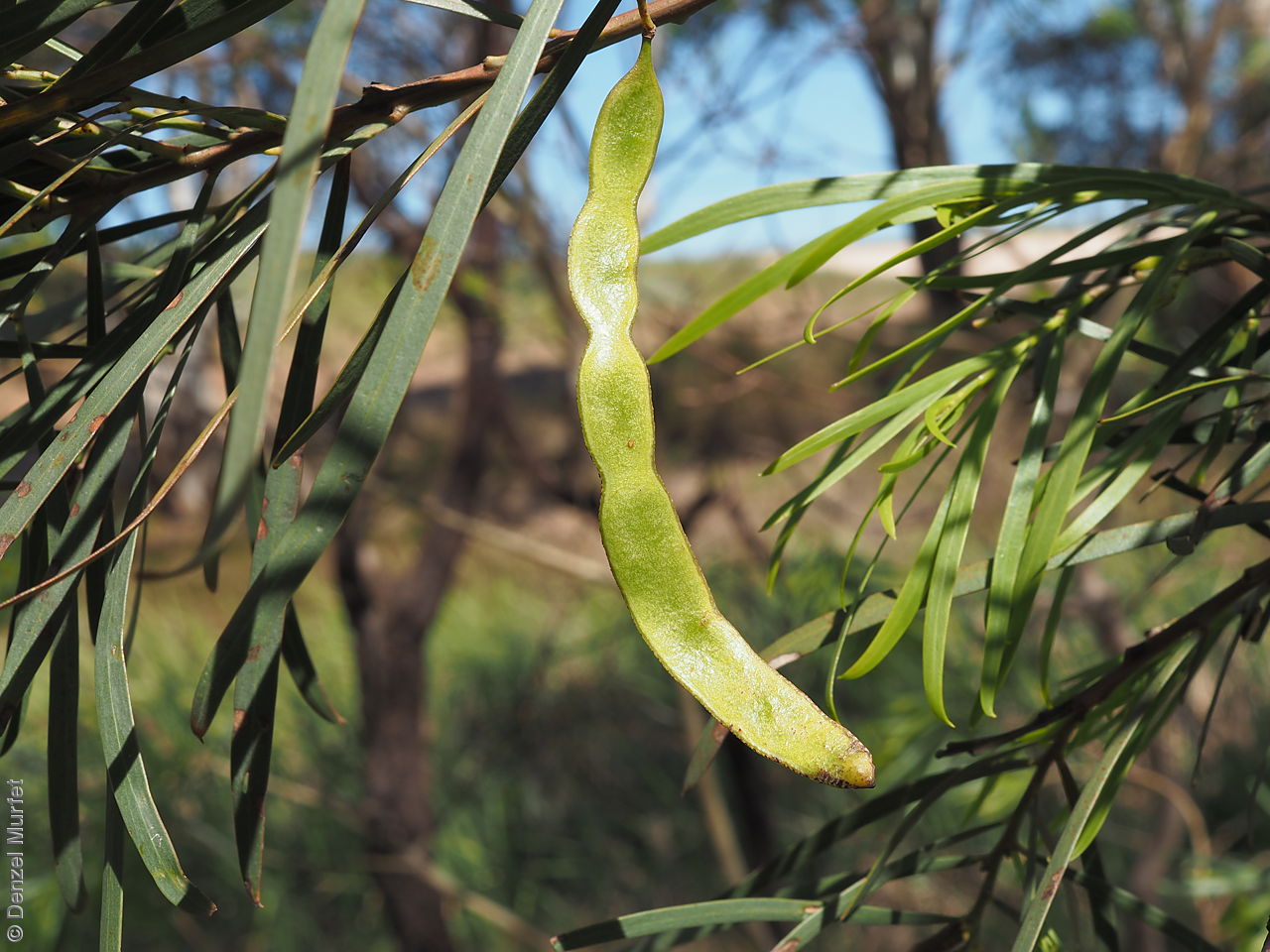
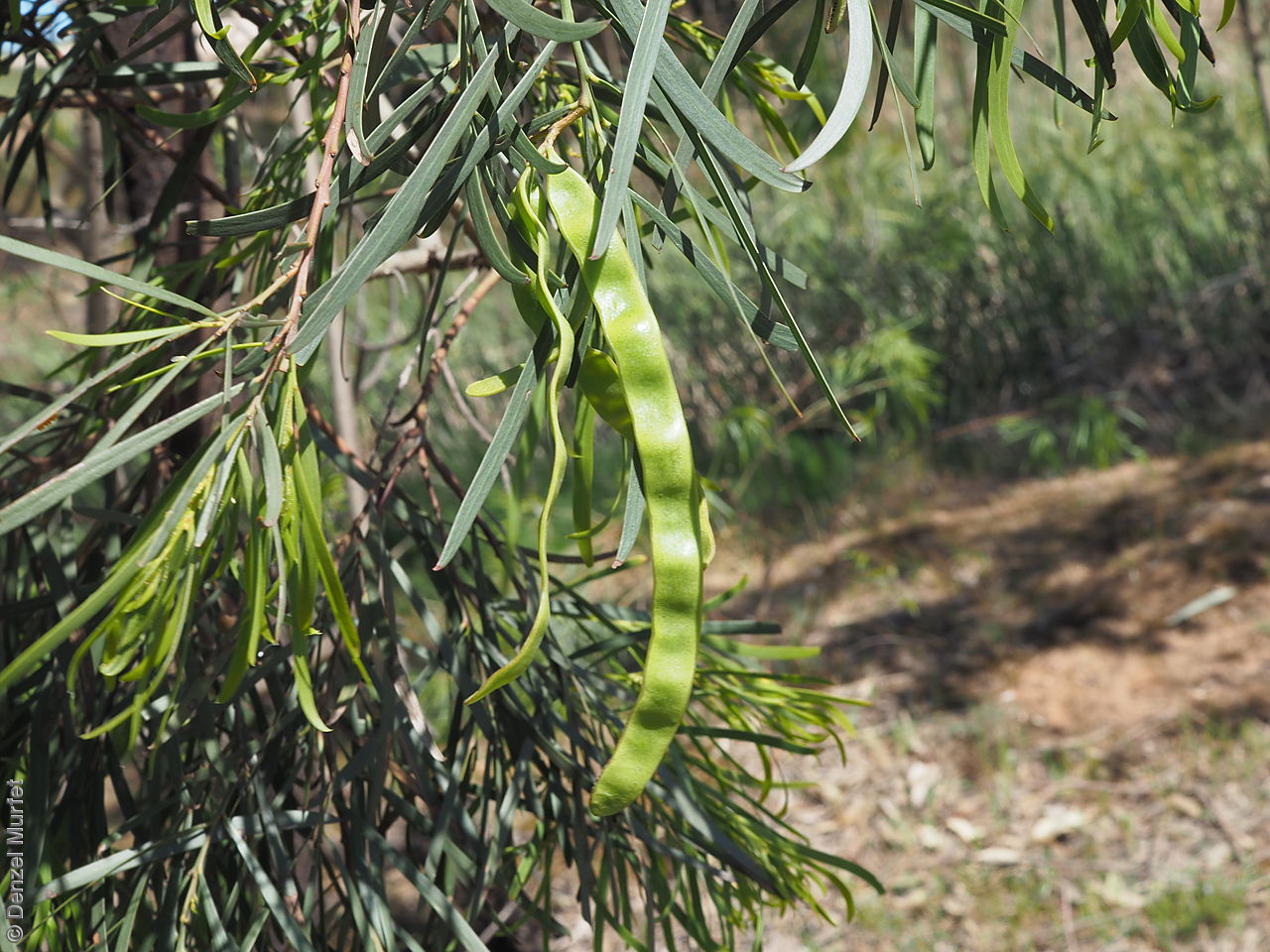
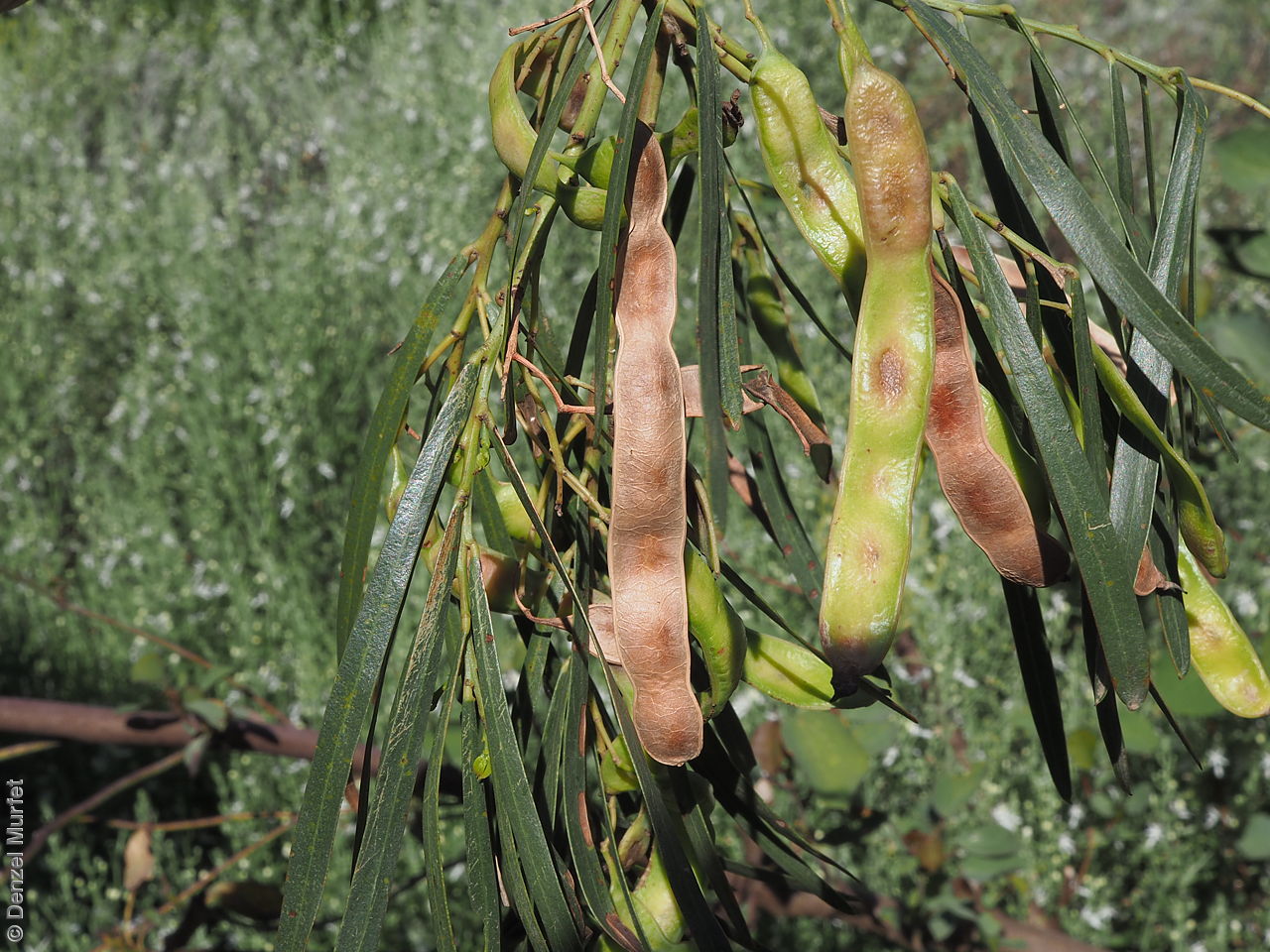
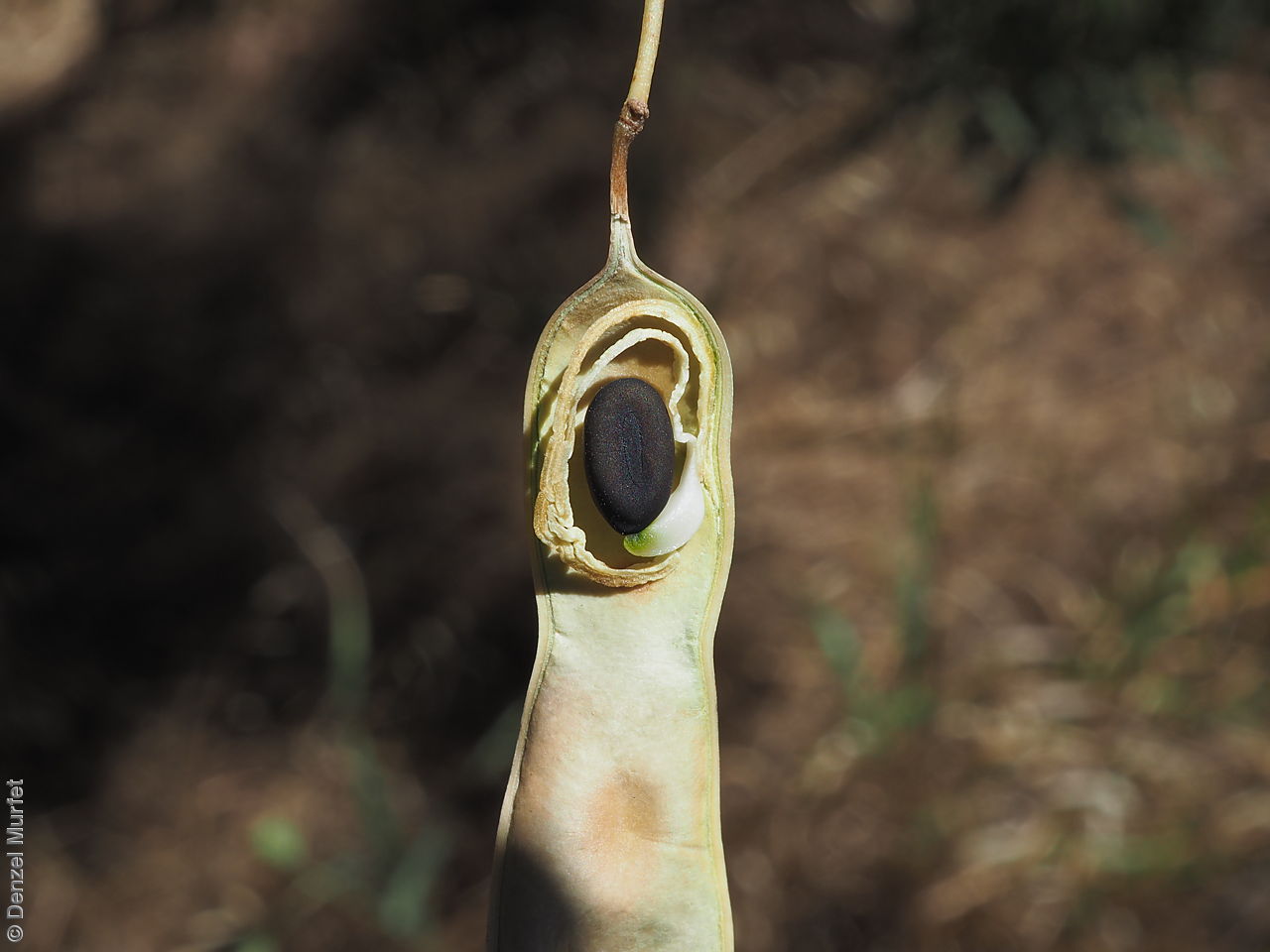
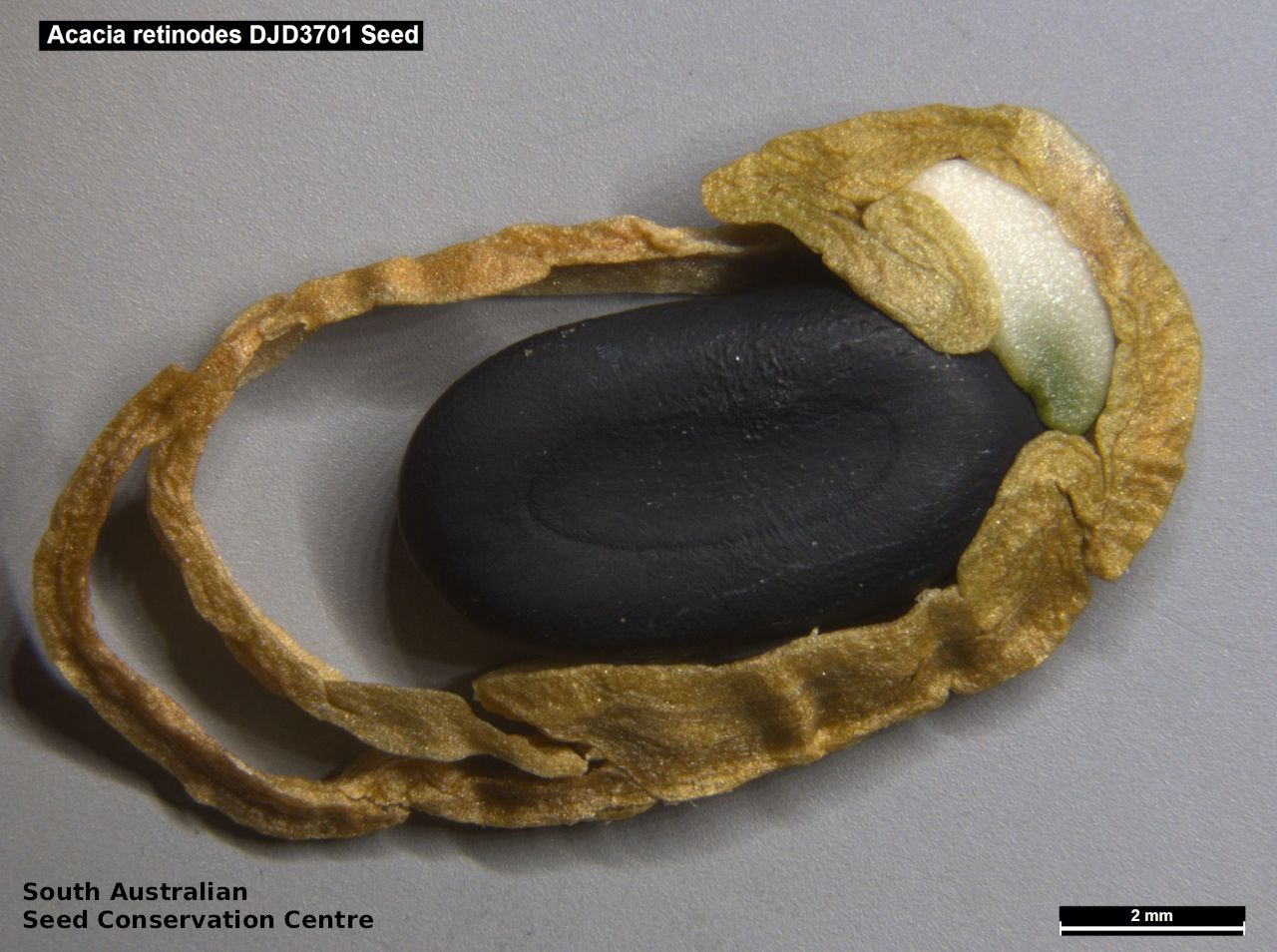
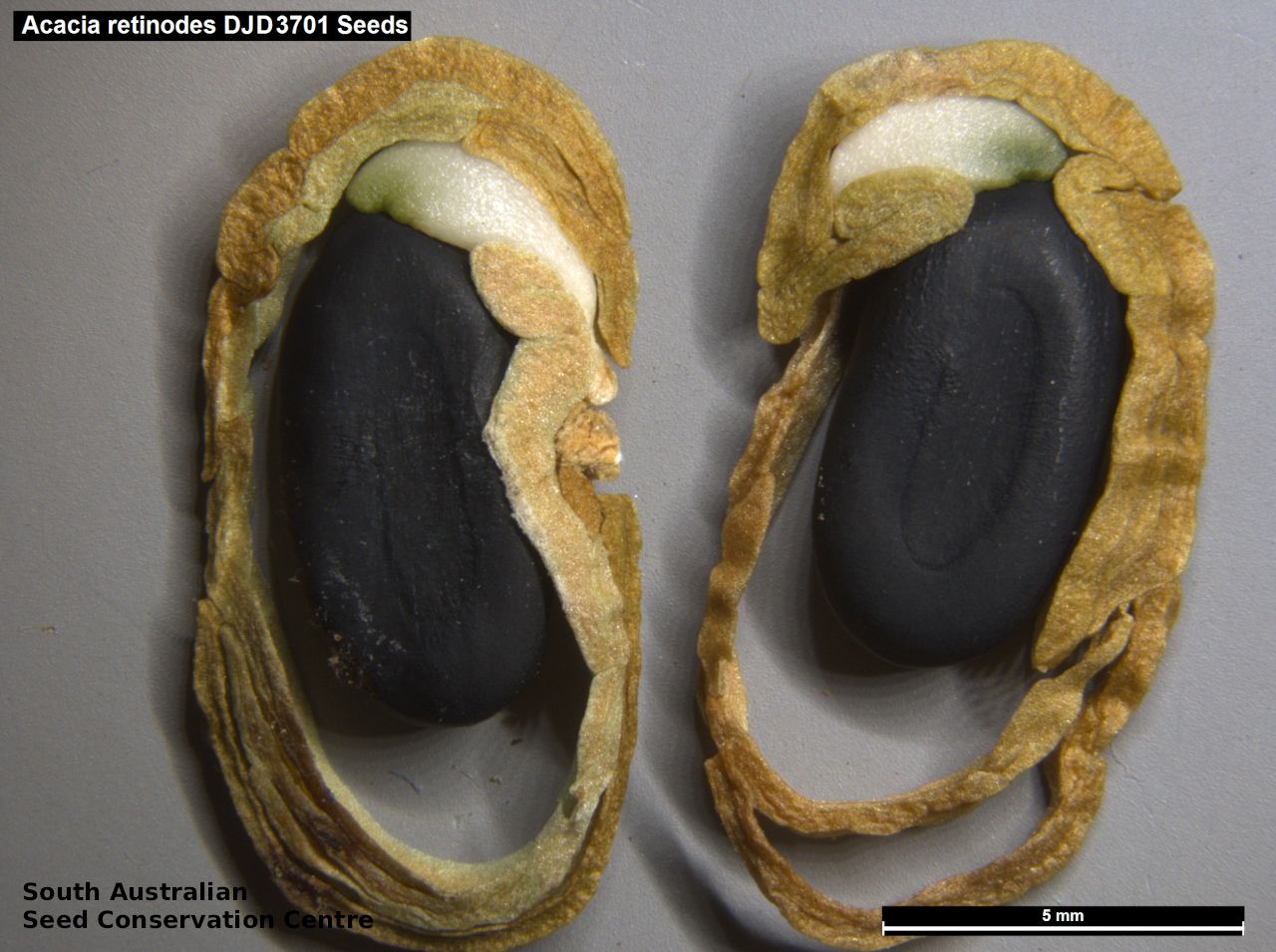

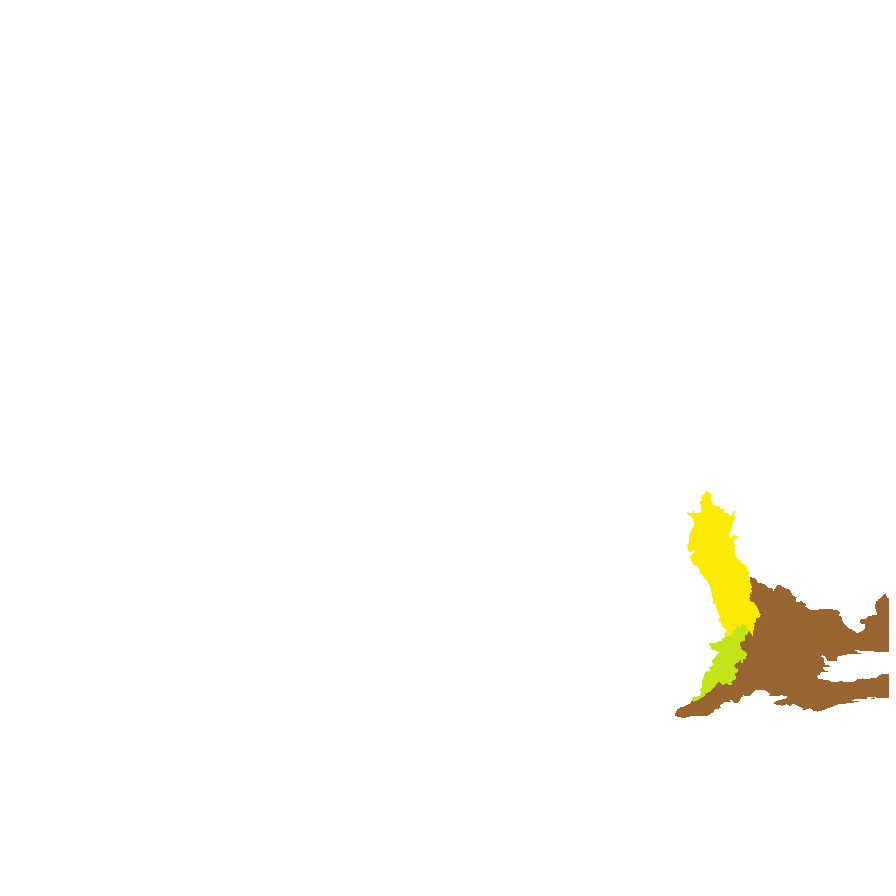
Botanical art
Prior names
Acacia retinodes var. "Normanville" variant
Acacia retinodes var. retinodes
Acacia rhetinodes, orth.var., partly
Common names
Silver Wattle
Wirilda
Etymology
Acacia from the Greek 'akakia' and derived from 'ake' or 'akis' meaning a sharp point or thorn and 'akazo' meaning to sharpen. Dioscorides, the Greek physician and botanist used the word in the 1st century AD for the Egyptian thorn tree, Acacia arabica. Retinodes from the Greek 'rhetinodes' meaning resinous, referring to the gum-yielding properties.
Distribution and status
Endemic to the Mount Lofty Ranges in South Australia, from near Mt Bryan and Clare, south to Normanville and Delamere on the southern Fleurieu Peninsula, growing in developed soils on low hills and ranges. Native. Uncommon in South Australia.
Herbarium regions: Northern Lofty, Murray, Southern Lofty, South Eastern, Green Adelaide
NRM regions: Adelaide and Mount Lofty Ranges, Northern and Yorke, South Australian Murray-Darling Basin, South East
AVH map: SA distribution map (external link)
Plant description
Upright tree to 10 m tall, with an erect branching habit, outer branches occasionally pendulous on mature plants, limited suckering present and rough, furrowed, dark brown to black bark. Leaves variable (corresponding to growth phase of plants and seasonal conditions), oblanceolate to narrowly oblanceolate to linear, gradually narrowed towards the base, to 16 cm long and 16 mm wide, straight or more usually shallowly recurved, glabrous, green to grey-green, often with a silver-satin sheen in sunlight in drier months, crowded on stems. Inflorescences racemose, with cream to pale yellow globular flower-heads. Flowering between December and February. Fruits are linear pod to 16 cm long and 11 mm wide. Seeds are hard, black to 7 mm long and 4 mm wide, with a pale yellow aril encircling the seed. Seed embryo type is investing.
Seed collection and propagation
Collect seeds between December and February. Collect mature pods that are turning brown, with hard, dark seeds inside. Place the pods in a tray and leave to dry for 1-2 weeks or until the pods begin to split. Then rub the dried pods to dislodge the seeds. Use a sieve to separate any unwanted material. Store the seeds with a desiccant such as dried silica beads or dry rice, in an air tight container in a cool and dry place. Seed viability is usually high. This species has physical dormancy that needs to be overcome for the seed to germinate (e.g. nicking or softening the seed coat).
| Location | No. of seeds (weight grams) | Number of plants | Date collected | Collection number Collection location | Date stored | % Viability | Storage temperature |
|---|---|---|---|---|---|---|---|
| BGA | 4,900 (166.75 g) | 10 | 6-Dec-2017 | DJD3701 Murray | 30-Jun-2018 | 55% | -18°C |
Number of plants: This is the number of plants from which the seeds were collected.
Collection location: The Herbarium of South Australia's region name.
% Viability: Percentage of filled healthy seeds determined by a cut test or x-ray.